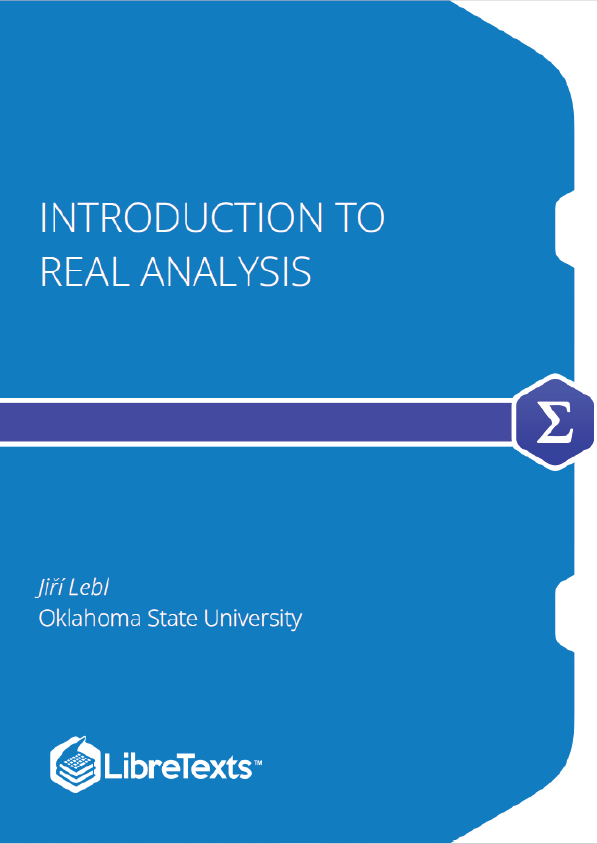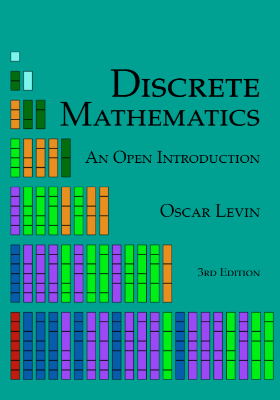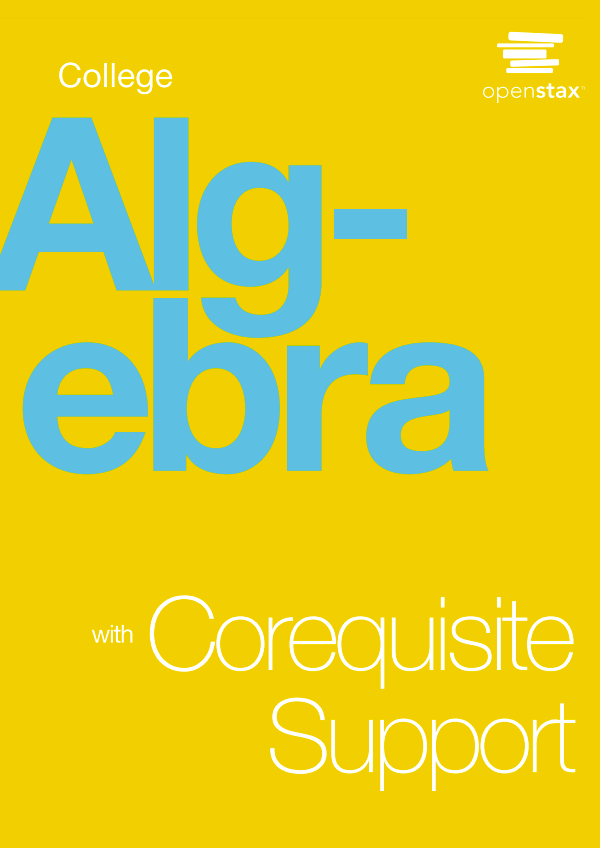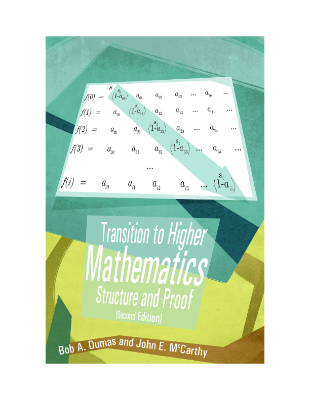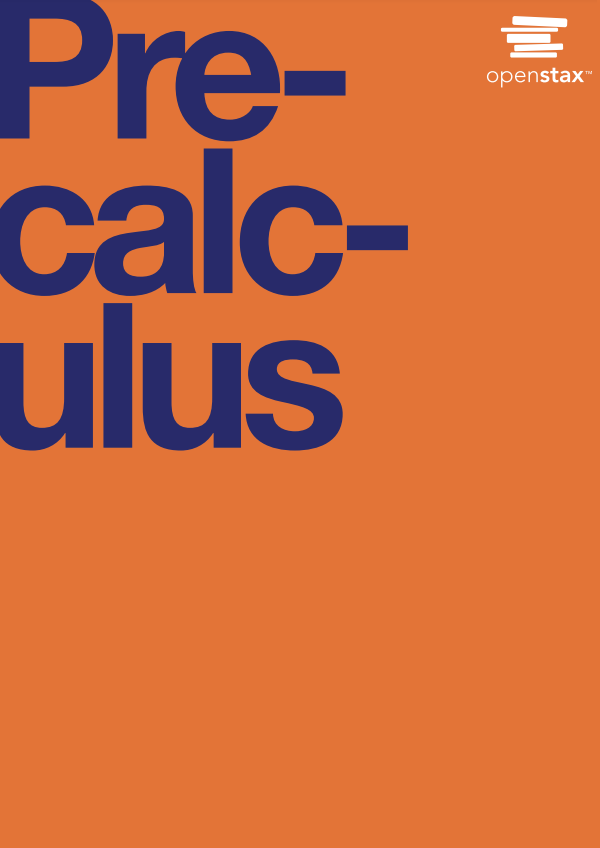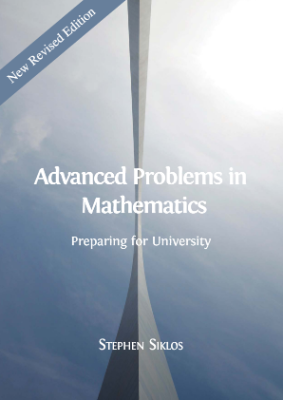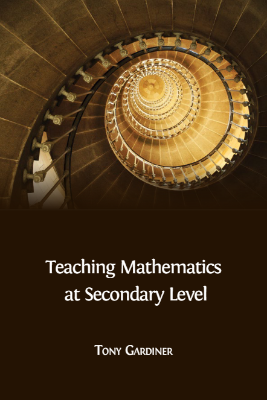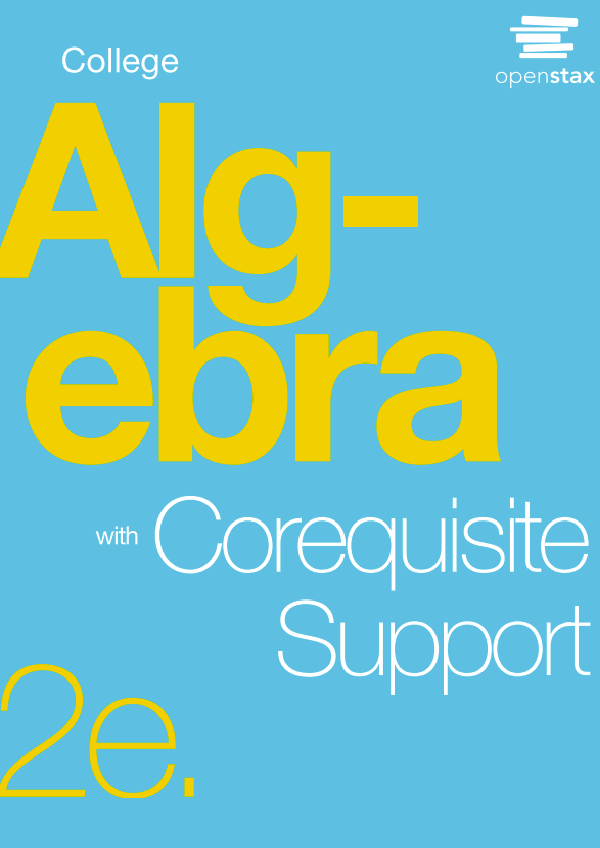This free online textbook (OER more formally) is a course in undergraduate real analysis (somewhere it is called “advanced calculus”). The book is meant both for a basic course for students who do not necessarily wish to go to graduate school, but also as a more advanced course that also covers topics such as metric spaces and should prepare students for graduate study. A prerequisite for the course is a basic proof course. An advanced course could be two semesters long with some of the second-semester topics such as multivariable differential calculus, path integrals, and the multivariable integral using the second volume. There are more topics than can be covered in two semesters, and it can also be reading for beginning graduate students to refresh their analysis or fill in some of the holes.
Introduction
About this book
This book is a one semester course in basic analysis. It started its life as my lecture notes for teaching Math 444 at the University of Illinois at Urbana-Champaign (UIUC) in Fall semester 2009. Later I added the metric space chapter to teach Math 521 at University of Wisconsin–Madison (UW). A prerequisite for this course is a basic proof course, using for example , , or .
It should be possible to use the book for both a basic course for students who do not necessarily wish to go to graduate school (such as UIUC 444), but also as a more advanced one-semester course that also covers topics such as metric spaces (such as UW 521). Here are my suggestions for what to cover in a semester course. For a slower course such as UIUC 444:
§0.3, §1.1–§1.4, §2.1–§2.5, §3.1–§3.4, §4.1–§4.2, §5.1–§5.3, §6.1–§6.3
For a more rigorous course covering metric spaces that runs quite a bit faster (such as UW 521):
§0.3, §1.1–§1.4, §2.1–§2.5, §3.1–§3.4, §4.1–§4.2, §5.1–§5.3, §6.1–§6.2, §7.1–§7.6
It should also be possible to run a faster course without metric spaces covering all sections of chapters 0 through 6. The approximate number of lectures given in the section notes through chapter 6 are a very rough estimate and were designed for the slower course. The first few chapters of the book can be used in an introductory proofs course as is for example done at Iowa State University Math 201, where this book is used in conjunction with Hammack’s Book of Proof .
The book normally used for the class at UIUC is Bartle and Sherbert, Introduction to Real Analysis third edition . The structure of the beginning of the book somewhat follows the standard syllabus of UIUC Math 444 and therefore has some similarities with . A major difference is that we define the Riemann integral using Darboux sums and not tagged partitions. The Darboux approach is far more appropriate for a course of this level.
Our approach allows us to fit a course such as UIUC 444 within a semester and still spend some extra time on the interchange of limits and end with Picard’s theorem on the existence and uniqueness of solutions of ordinary differential equations. This theorem is a wonderful example that uses many results proved in the book. For more advanced students, material may be covered faster so that we arrive at metric spaces and prove Picard’s theorem using the fixed point theorem as is usual.
Other excellent books exist. My favorite is Rudin’s excellent Principles of Mathematical Analysis or as it is commonly and lovingly called baby Rudin (to distinguish it from his other great analysis textbook). I took a lot of inspiration and ideas from Rudin. However, Rudin is a bit more advanced and ambitious than this present course. For those that wish to continue mathematics, Rudin is a fine investment. An inexpensive and somewhat simpler alternative to Rudin is Rosenlicht’s Introduction to Analysis . There is also the freely downloadable Introduction to Real Analysis by William Trench .
